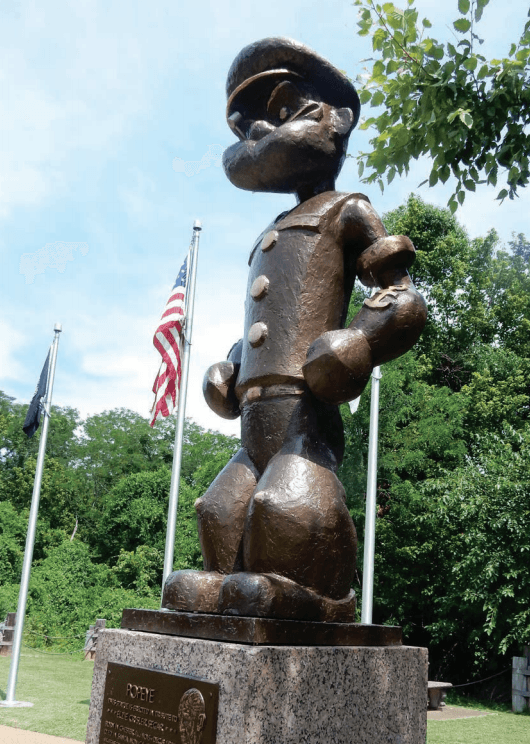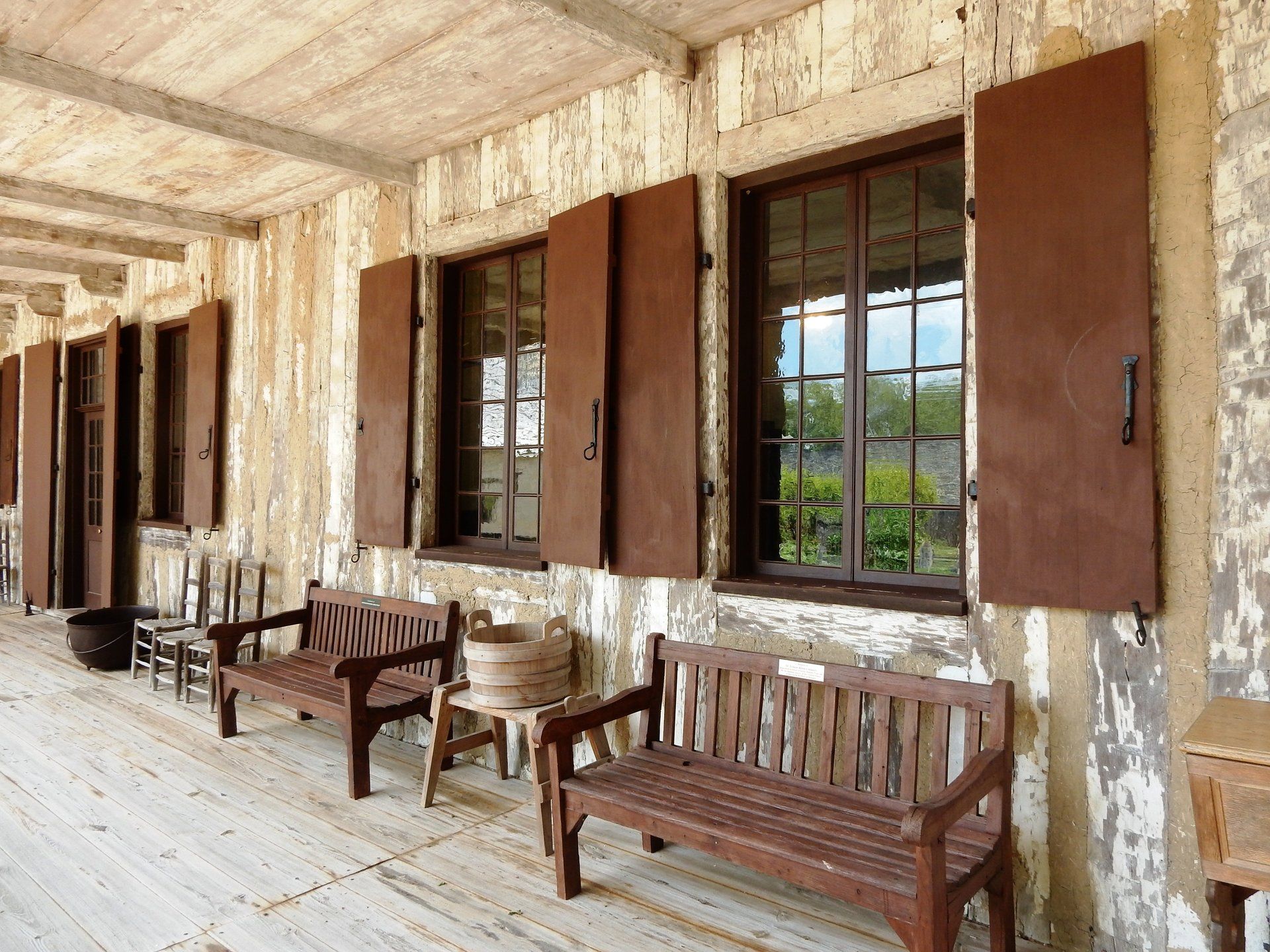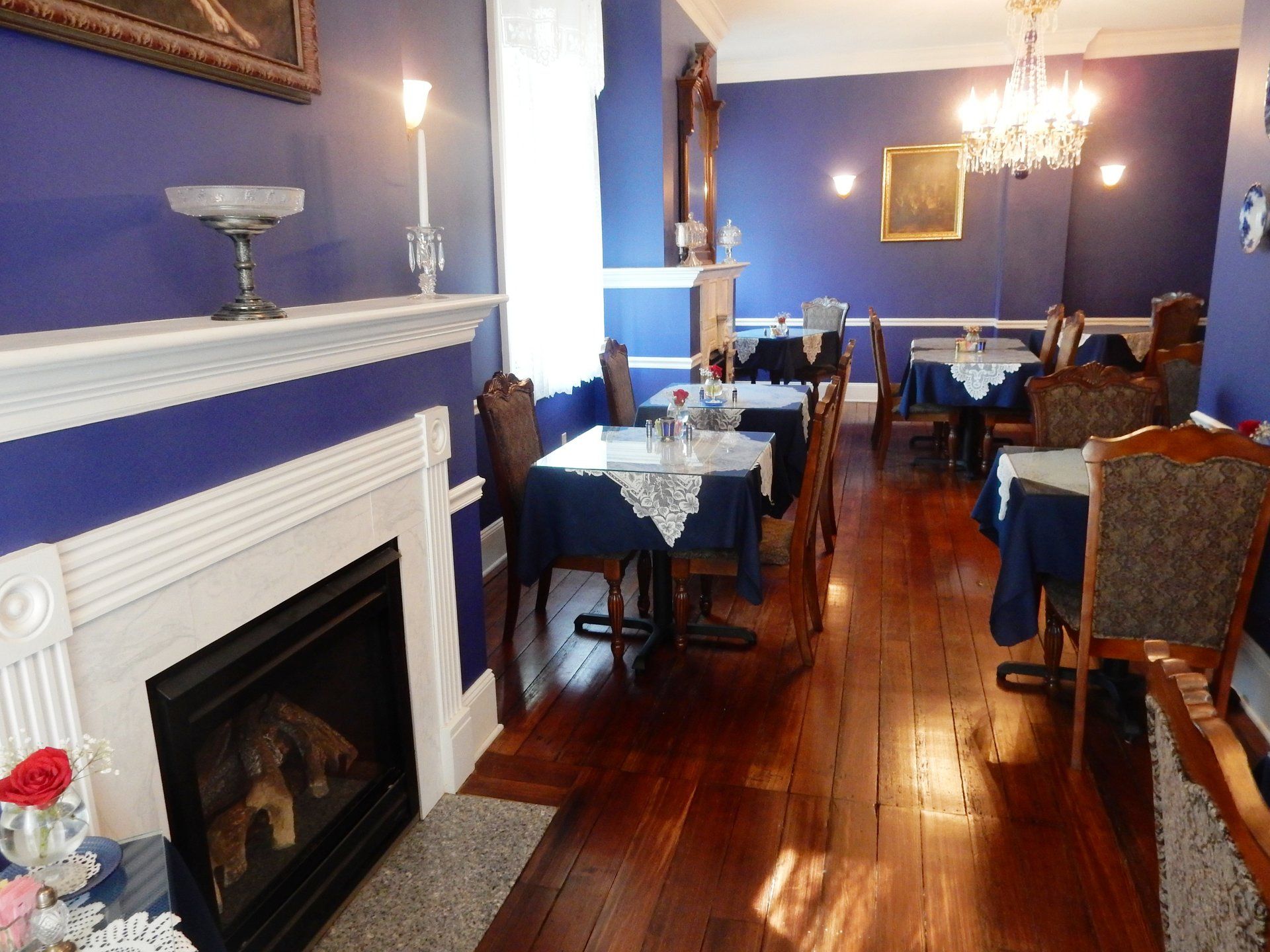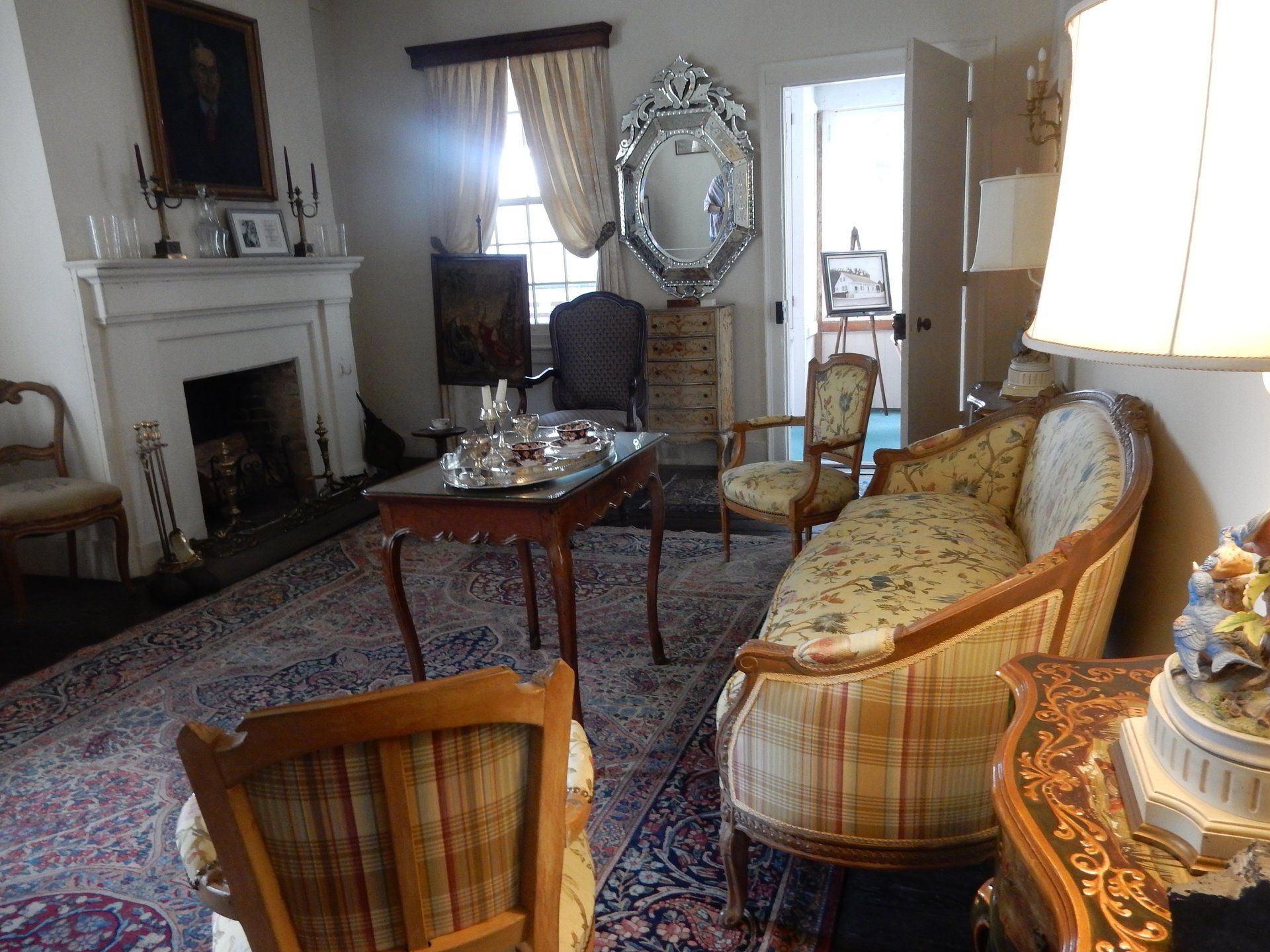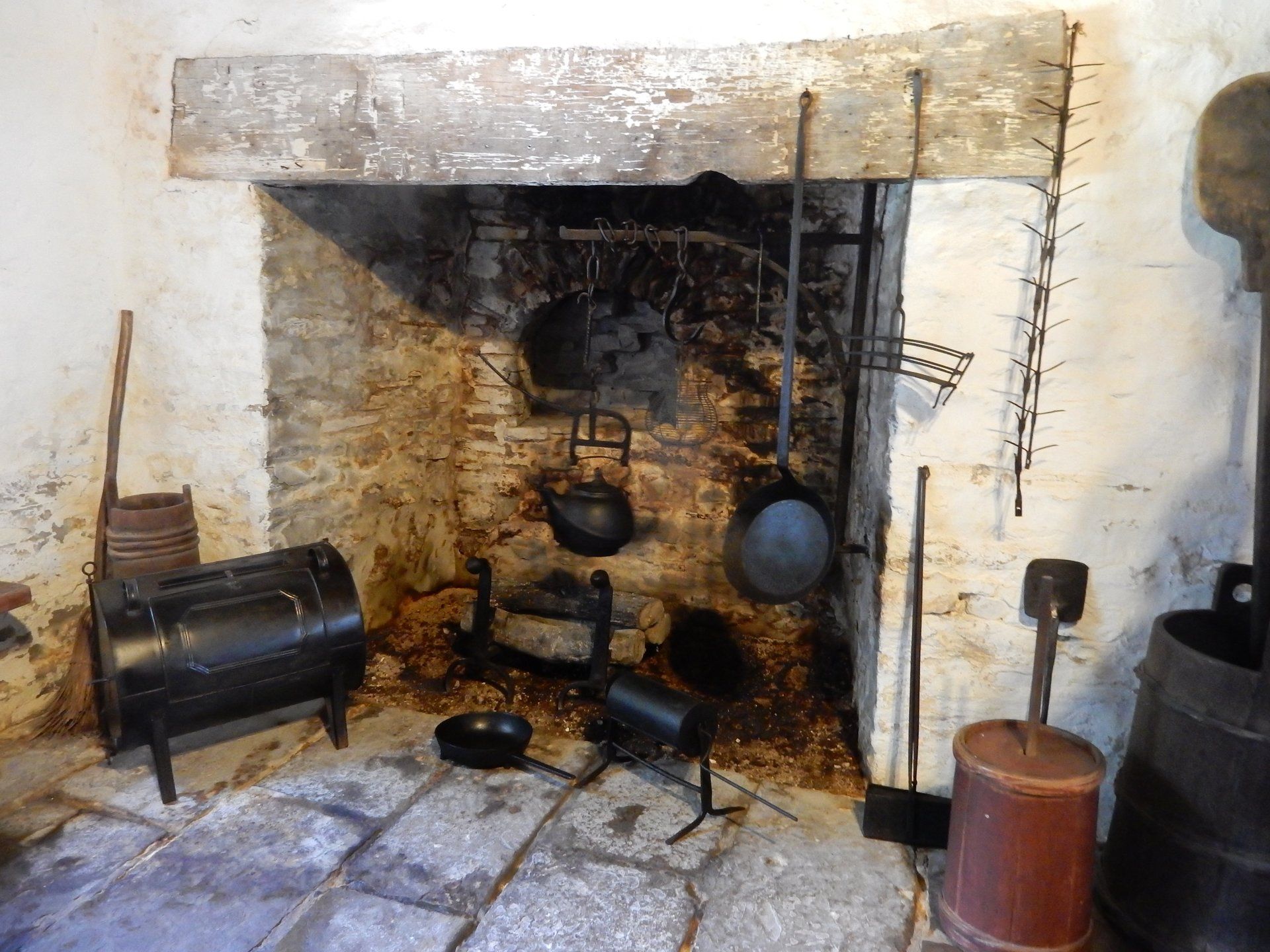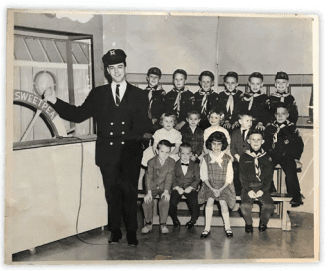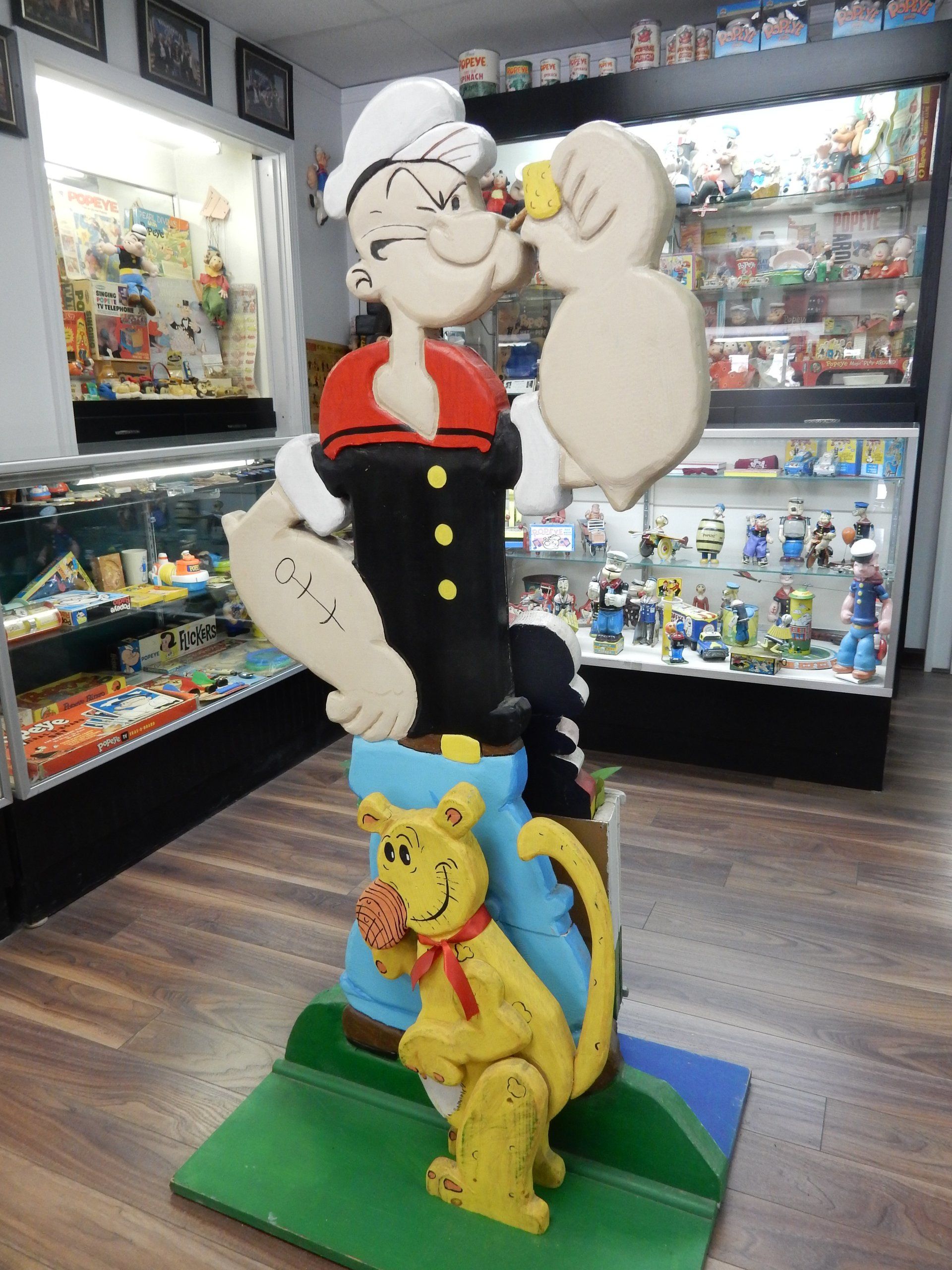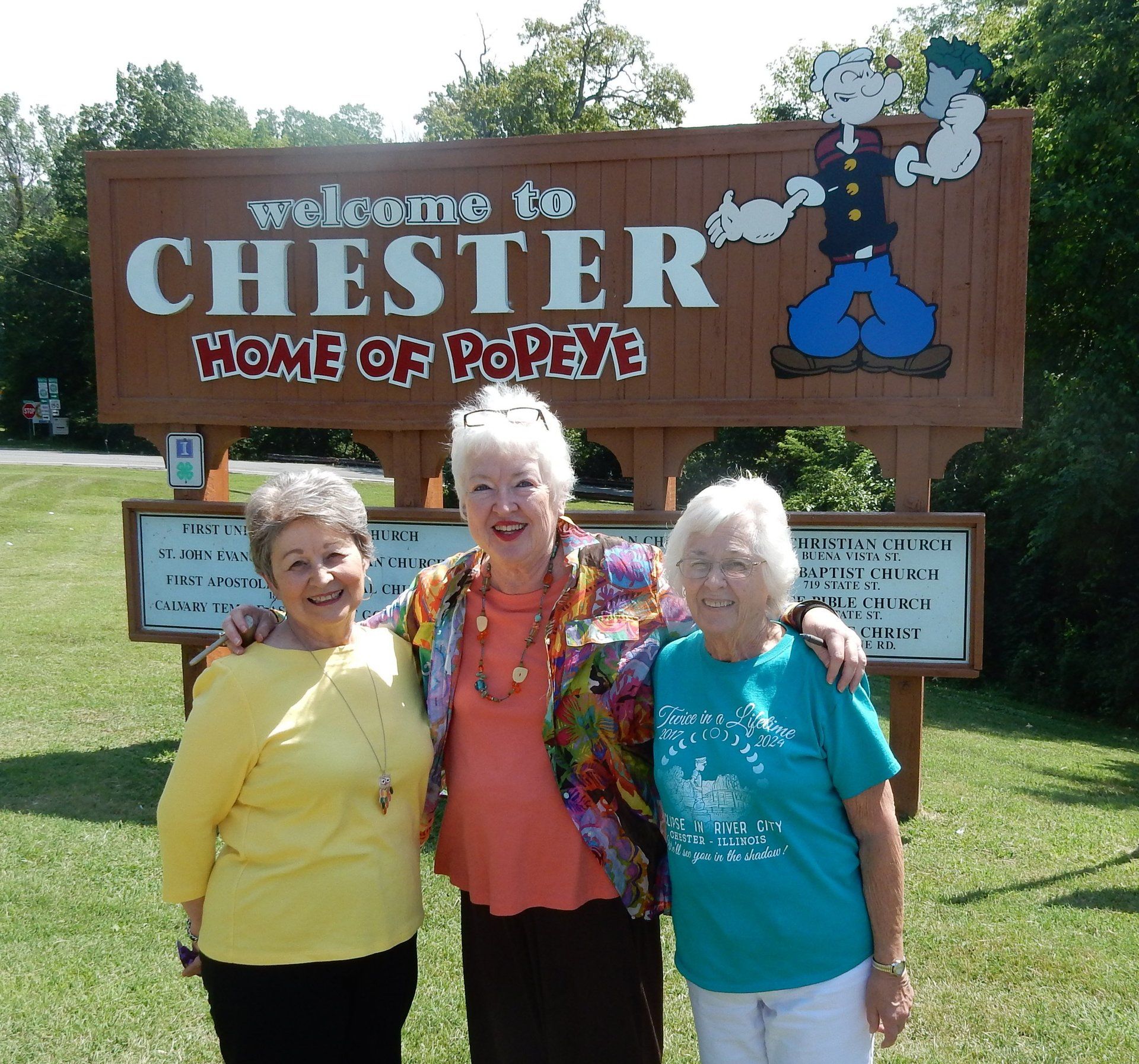
Guess some of you are surprised to hear that Popeye the Sailor Man was created in 1929 by cartoonist Elzie Segar in Chester, Illinois, and that it is just a hop, skip and short trip (only 110 miles from Paducah) along the banks of the Mississippi River from this area. And oh, what a pretty drive it is up there.
STORY BY JENNA WISE
PHOTOGRAPHY BY HAROLD LEATH
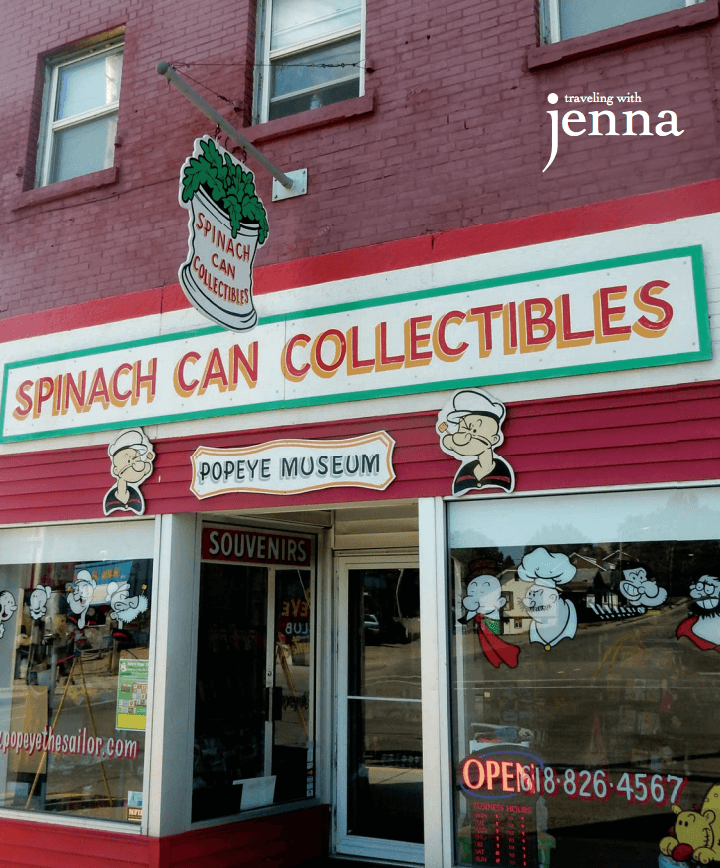
THINGS TO CHECK OUT IN CHESTER
We started our tour of the town by taking a look at the bluff of the Mighty Mississippi from the top floor of the Randolph County Courthouse. What a view. (Interesting tidbit: The town got its name from the wife of a founding father who came from Chester, England. Wonder if Chester looked like those bluffs of the Mississippi to her?)
From the courthouse we had a clear view of Gilster House (c.1867), which is associated with a prominent Chester family and is an excellent example of colonial architecture.
If you are ever in Chester, please take time to see the dramatic cobalt blue windows of Cohen House (c.1855), which were mentioned in Mark Twain’s “Life On The Mississippi.” It is a beautiful historic site on the bluffs and since it is owned by the city, tourists can drive up and walk out to enjoy the pretty river view almost any time.
Next stop was the landmark 86-foot-long Mary’s Covered Bridge, 4 miles northeast of town. Definitely worth the drive between Chester and Bremen – just do not expect to drive over this slice of life from the 1850s. Walk slowly and savor the view.
POPEYE MAGIC – “I YAM WHAT I YAM”
The final stop was Chester’s own indescribable Popeye Museum, Spinach Can Collectibles, (1001 State St.). Mike and Debbie Brooks moved to Chester in 1994 when they bought The Opera House (c.1875) to sell and display Popeye merchandise where the owner, Bill Schuchert, hired young Elzie Segar around 1906 to play the drums and run the projector for silent films — and for sketches of local townspeople he projected on the screen as well. That is where it all began. (Tidbit: Segar’s first comics starred Olive Oil and her family. POPEYE was not added until a little later, as well as J.Wellington Wimpy, named after Segar’s boss Schuchert, who happened to have a fondness for burgers, of course. Yum.)
Posh Photographer Harold Leath and I certainly were astonished to hear of the birthplace of Popeye being Chester, Illinois. Recently, when we were in New York City, some nice ladies on our tour stopped right in the middle of lunch and said that we needed to go to their hometown to see the birthplace of Popeye. All of us on the tour were still in the afterglow of just having seen an amazing performance of Bette Midler in “Hello Dolly.” Going to Chester seemed only fitting after that trip and the other grand things we did in NYC.
So, we arrived at the Welcome Center in Chester, located right by the scenic and historic Chester Bridge that crosses the beautiful Mississippi River into Missouri. With map-in-hand of the Popeye Character Trail we had a delightful tour to see some of 12 Popeye character statues scattered all over town — and to have lunch with two of the ladies from the NYC tour, who took us on a delightful tour of town. What a fun and educational day!
The imposing 900-pound bronze Popeye statue, which we saw at the Welcome Center, is part of Segar Park and has been there since 1977. It is an interesting study of the hardworking, quick-tempered sailorman with a heart of gold, pictured in the cartoon by Elzie Segar and apparently inspired by a local named Frank “Rocky” Fiegel. Most of Segar’s characters were based on local residents. How cool is that? It was nice to learn that the Popeye statue and the other statues all over the town have been donated by local citizens
and groups. Only seems right.
Mike and Debbie Brooks at Spinach Can Collectibles have been responsible for much of the interest in Chester becoming known as The Home of Popeye and for people coming from all over the country to take The Popeye Character Trail. They also promote the Annual Popeye Picnic in September the weekend following Labor Day (www.popeyepicnic.com.). Come on up to Chester – and hey, eat more spinach.
WHILE WE WERE NEARBY ...
Harold and I happened to extend our trip just a bit over into Missouri to Ste. Genevieve. What a good choice. Being welcomed to lovely Inn St. Gemme Beauvais (78 N. Main St.) after our long day in Chester was exactly what we needed.
The smiles of the innkeepers were genuine and our suites were as comfortable as they were beautiful with period pieces of furniture. No stone was left unturned to make Harold and me feel welcome.
One highlight came the next morning with a four star, four course breakfast that was unbelievably delicious. My decision to have the Chef’s Signature French Toast was a great choice. Yes. (800-818-5744)
But, I’m getting ahead of myself. That night – yes, this was just a two-day trip — we could hardly wait to walk over to eat supper at Anvil, a restaurant highly recommended by Harold’s sister and brother-in-law. This restaurant is one of those buildings that you know if only it could talk would really have a lot to say.
Built as a hardware store in 1850, it became a saloon in 1855, and the story goes that the wonderful bar in the establishment was moved to the current location at that time from a steamboat on the Mississippi when it got stuck on a sandbar. Don’t you just love stories like that?
The bartender at Anvil was friendly as could be and let Harold and me get behind the counter for a great photo. All right. Did I say the onion rings were as good as any as I have ever eaten?
In case you do not know about St. Genevieve, it was founded by French Canadian settlers, or habitants, who came from across the Mississippi River into what is now Illinois in about 1750. For agricultural reasons they settled in a Grand Champ or Common Field surrounded by one large fence. Rich soil was the greatest draw, but a series of floods, the most severe occurring in 1785, caused the town to move 3 miles to where it stands today. St. Genevieve became a hub of trade after the Revolutionary War intensified after the Louisiana Purchase.
The city, 64 miles south of St. Louis, has a population of a little over 4,400 and has worked hard to earn and maintain its status as a National Historic Landmark. St. Genevieve likes to consider itself the “other” colonial landmark of the country, along with Williamsburg — mostly due to its abundance of rare vertical log houses.
Appreciating all of these facts about St. Genevieve made us try even harder to see as much as we could on our oneday visit, and we did tour three historic homes, which I do think might deserve a medal considering it was VERY close to 100 degrees in the shade.
Harold and I saw and appreciated the Felix Valle House, which is a combination mercantile store and residence built in
1818, constructed of native limestone in the Federal style; the Louis Bolduc House, built in the early 1790s, in the European
style made of pieux (vertical stakes of cedar sitting on wooden sills atop stone foundation); and the Jacques Guibourd House, built in 1806, also has visible authentic posts on a sill construction and an elegant collection of French antiques. If you visit St. Genevieve – and I recommend it – I suggest a visit to the Welcome Center at Main and Market streets (800-373-7007) for maps and information about taking a trolley if you are there on the weekend.
HOPE YOU SAVORED THE TOTAL ECLIPSE
Folks in both Chester, Illinois, and St. Genevieve, Missouri – and hopefully most of you just shared something amazing in common: living in the swath of geography that was lucky to witness a total eclipse. Always take advantage of everything that just “falls in your lap.” Way back when I was just a girl, I got to be on WPSD-TV and watch Popeye. Wasn’t I lucky? Did you watch Popeye? Bet it made you smile.
Travel every chance you have. Enjoy life. Toot, toot.


